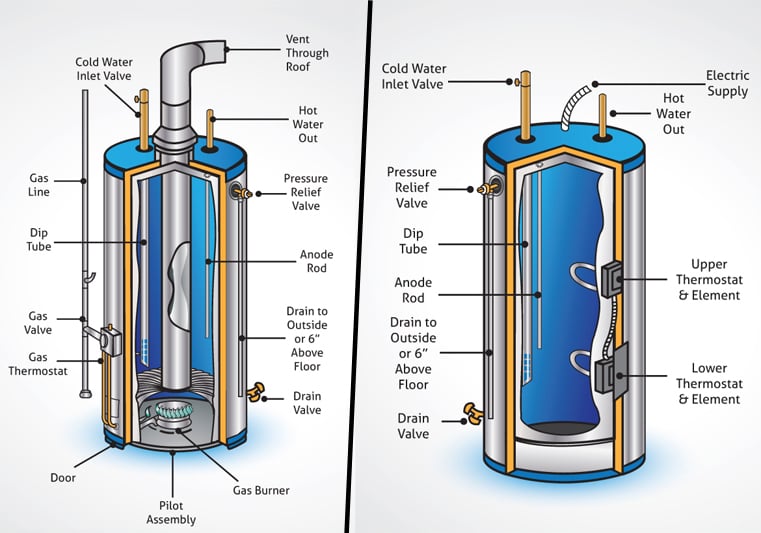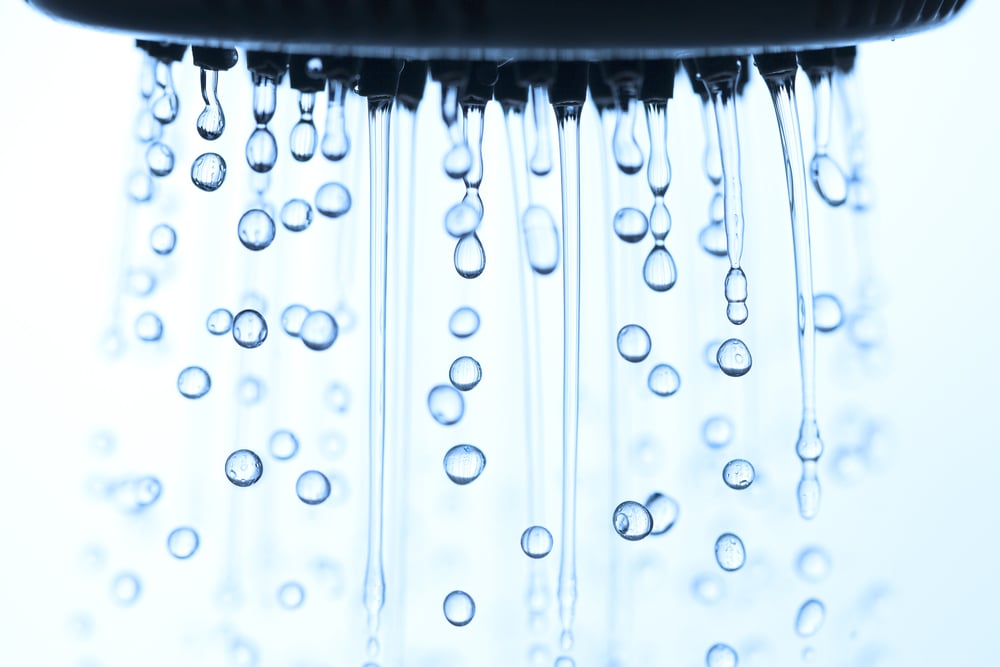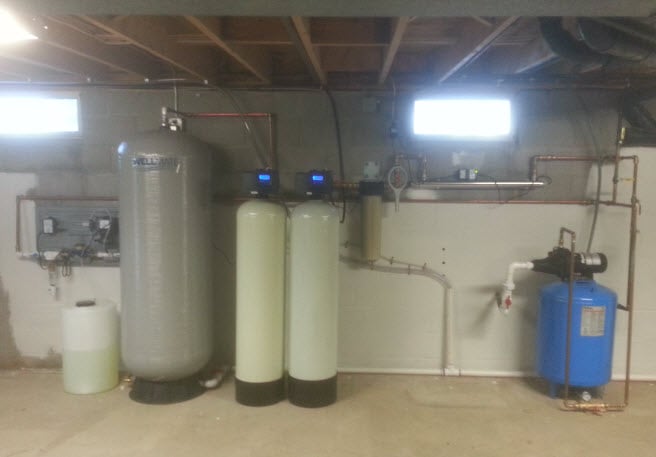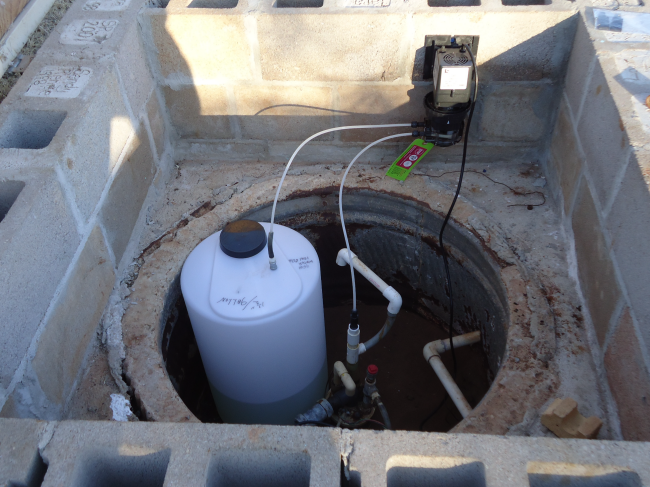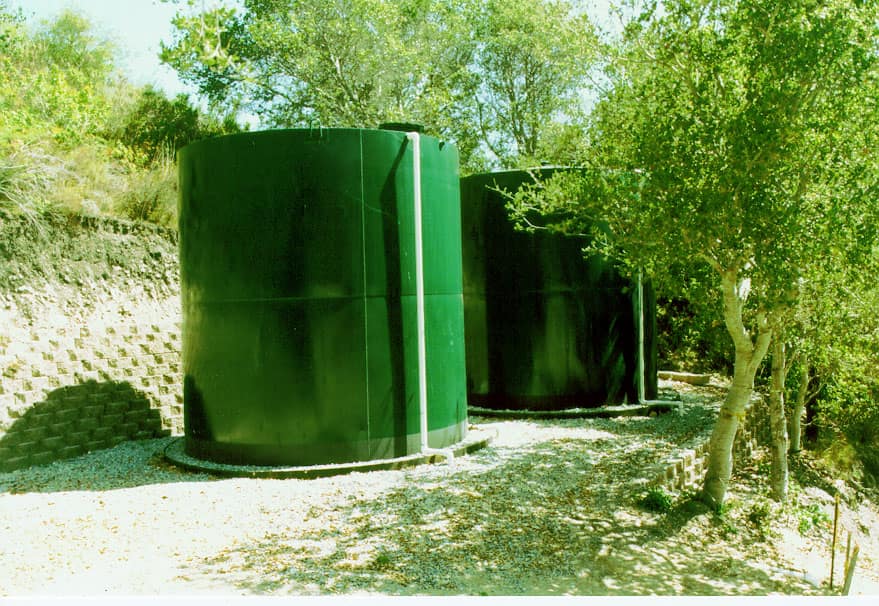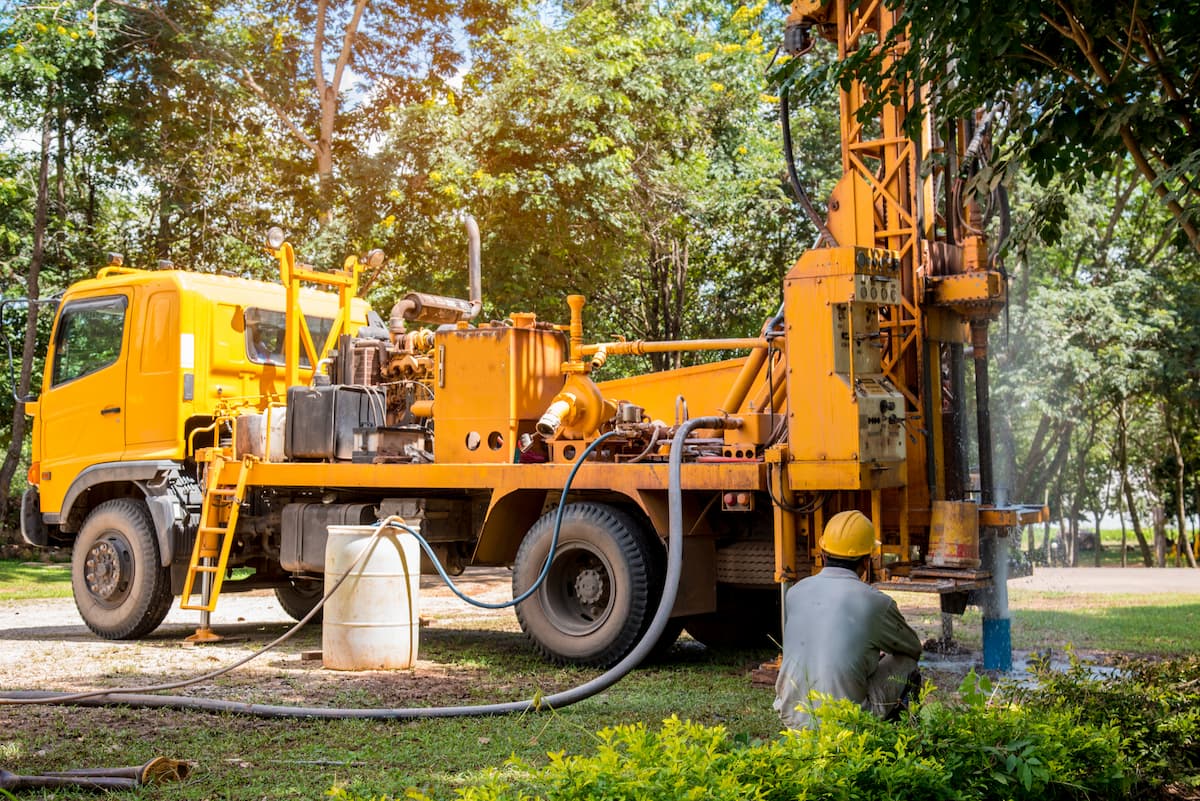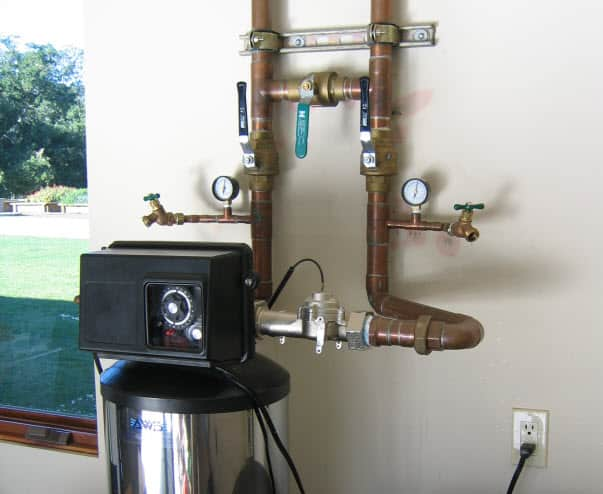Earlier this week we explained how to determine the source of odors in city water; as you may have read (if you haven't, do so here), the problem often can be traced back to one's water heater, which often contains an anode rod that can encourage iron and sulfur bacteria growth. These bacteria create hydrogen … Continue reading Easily Eliminate Water Heater Odors with This Inexpensive Setup
Category: Odor
Well and Hot Water Smells
Can't you smell that smell? While well water users are more prone to experiencing odors and bacteria in their water, city water users should not feel immune to water contamination by bacteria and odor. There are many ways for such contamination to occur and more than a few available treatment methods. But which is right … Continue reading Well and Hot Water Smells
Water Tests
While relying on a private well can offer some great advantages – namely, the ability to completely control the quality and composition of your water – most well water users can attest that it comes with its own share of disadvantages as well. Perhaps the biggest trouble with well water stems from the variety of … Continue reading Water Tests
Odor in Well Water
In well water, odors are commonly the result of iron and/or sulfur bacteria, or compounds of iron, manganese, and sulfates. For example, hydrogen sulfide gas (“rotten egg odor”) frequently occurs in well water as a result of decaying organic matter and the activity of sulfates and various species of sulfur or iron bacteria. These bacteria … Continue reading Odor in Well Water
How to Eliminate Rotten Egg Smell Without Chlorine
Odors in well water are commonly caused by iron and sulfur bacteria. These bacteria thrive on iron and sulfur and create sludgy, foul-smelling waste byproducts like methane and hydrogen sulfide gas. Chlorination is the most common method of eliminating these bacteria, even in large-scale operations like municipal treatment centers. Using a chlorine metering pump will … Continue reading How to Eliminate Rotten Egg Smell Without Chlorine
Sulfur Smell in water
One reader recently wrote to us to ask how to remove the sulfur odor and yellow color from his water. Test results had shown his water to be acidic and full of minerals, as well. Unfortunately, completely purifying water such as this is not possible with just one water treatment system. However, such water can … Continue reading Sulfur Smell in water
Get More Life Out of Filter Media With Proper Pre-Treatment
One customer recently reported that his Greensand filter media was not lasting as long as it should, and required a lot of potassium permanganate to keep up regular operation. He also mentioned that he was experiencing acidic water along with iron and odors. These problems are not unrelated. Iron is often found in acidic groundwater … Continue reading Get More Life Out of Filter Media With Proper Pre-Treatment
Treating Iron, Manganese, and Coliform Bacteria in Well Water
Have you ever noticed strange metallic smells in your water? Experienced buildup on faucets and fixtures? Gotten sick from your drinking water? We sincerely hope the answer to all three of those questions is “no” – particularly that last one. If not, your water may be contaminated with iron and manganese, or worse, iron or … Continue reading Treating Iron, Manganese, and Coliform Bacteria in Well Water
Removing Hydrogen Sulfide with a Chlorination System
One reader recently wrote to us wondering why the foul sulfur odor in his water seemed to disappear after shock chlorination, only to reappear about a week later. This a common question with a rather simple answer: Foul odors in water tend to be caused by iron and sulfur bacteria, which expel foul-smelling hydrogen sulfide … Continue reading Removing Hydrogen Sulfide with a Chlorination System
Using a Chlorinator with a Storage Tank
We recently got a letter from a reader in Alaska wondering how to install a chlorinator for use with a storage tank. This is a common setup because it is easy to install and effective at killing rotten-egg odor and oxidizing iron and manganese in water. A standard installation of a chlorinator and storage tank … Continue reading Using a Chlorinator with a Storage Tank

